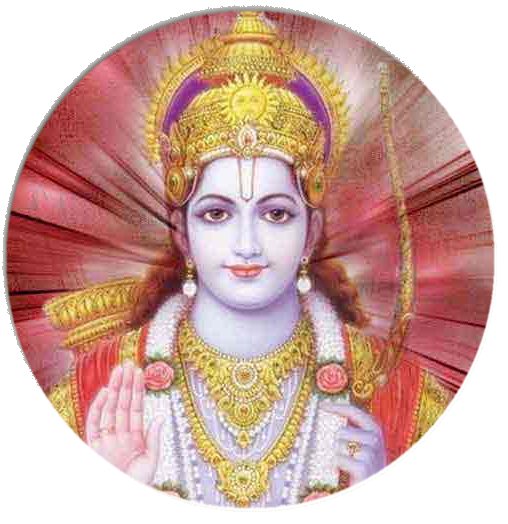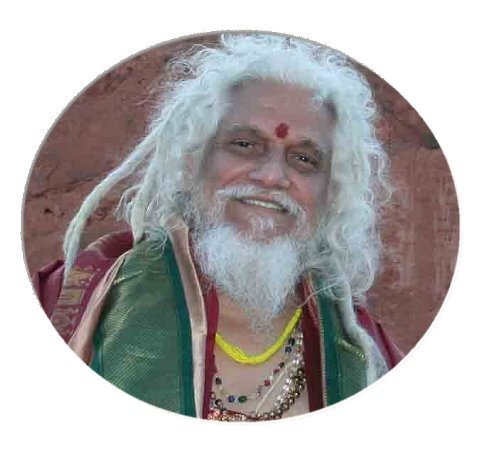

Swamiji conveys His Divine Blessings to all on the ocassion of Sri Rama Navami, April 12th 2010.
Sri Rama was virtuous, compassionate, brave and strong. He was the Lord of the mind and the senses. Brave and valiant, and inspite of all this he was gentle and modest. He was a sage in counsel, kind and sweet in speech, and most courteous and handsome in appearance. He was the master of all the divine weapons, and a great warrior. Ever devoted to the good and prosperity of His kingdom and His subjects, He was a defender of the weak and the protector of the righteous. Endowed with numerous wondrous powers of the mind, He was well versed in all sciences--in science of war as well as the science of the Self and in short ideal for the entire humanity. He was an ideal son, husband, father and king. The way he led his life should be an ideal for all of us. Adherence to truth and Dharma(Righteousness) is what Sri Rama's life teaches us. He put into practise the concept of one word, one arrow and one wife.
The life of Sri Rama teaches us the value of detachment and the need to become aware of the Divine in every being. Faith in God and detachment from objective pursuits are the keys for human liberation. Give up sense objects, and you gain Rama. Sita gave up the luxuries of Ayodhya so she could be with Rama during His exile. When she cast longing eyes on the golden deer and craved for it, she lost Rama's presence. Renunciation leads to joy; attachment brings about grief. Be in the world, but not of it.
When Ravana kidnapped Sita, and Rama had to search for Sita and subsequently fight Ravana, he took the help of the monkeys and birds that we ridicule as just animals and fought with Ravaana. He did not desire divine powers but instead he went to the sages and everyone available and with humility accepted their strength and became powerful. He built the floating bridge in the ocean with the help of the monkeys and other animals, so that he could reach Lanka. By all this Rama has shown that human values are more important than gaining superhuman powers and with unity and human values anything can be achieved. This is the most important thing we have to learn from Rama and Ramayana.
To pray to, and worship Lord Rama is not enough, what is needed is for us to make him as our ideal and walk in his footsteps. Perfect humanity like what Sri Rama had will give us the strength to kill the demon like Ravana.
Ramayana, Rama's life has become a part of day to day life of everyone in India. Ramayana is also popular in parts of Russia, where they enact stories from Ramayana, and try to follow the ideals set in it.
Swamiji has conveyed His Hearty Divine Blessings to all on this auspicious day.